Curly hair is beautiful, but it's not always easy to care for—especially in the winter. The colder months can destroy your curls, leaving them dry, lifeless and unmanageable. Cold, dry air and indoor heat strip moisture, leaving strands dehydrated and brittle. While low humidity leads to flyaways and frizz. Combined with the static and friction from winter hats and scarves, the effects of winter aren’t great for the hair—curly hair in particular. The structure of curly hair makes it more prone to losing moisture, and this is exacerbated by the season’s harsh conditions. So your curls need lots of hydration in the winter. The amount of hydration curly hair needs can vary, so decoding your curl type is the key to winter-proofing your curls.
Curl types fall into a system of types 2 to 4 with sub-categories of A to C. Type 2 hair is considered wavy, type 3 is curly and type 4 features a tight coil or zig-zag pattern curls. Subcategories A, B, and C, refer to the diameter of the wave, curl, or coil. A is loose, B is medium, and C is tight. So the tighter your curl, the more moisture it craves. In general, type 2 curls need the lightest weight formulas to avoid weighing it down, type 3 curls benefit from the moisture in gels or creams, and type 4 requires rich, moisturising products and deep conditioners to prevent dryness and breakage.
To determine your curl type, start with clean, damp hair and let it air-dry completely. Look closely at the shape of your curls. S-shaped waves that are gentle and flow from the scalp are considered type 2. Springy, well-defined corkscrew or spiral curls are considered type 3. And Z-shaped patterns and very tight, small coils are type 4. Note that most people have a mix of curl types and can customize their routine based on the specific needs of their hair.




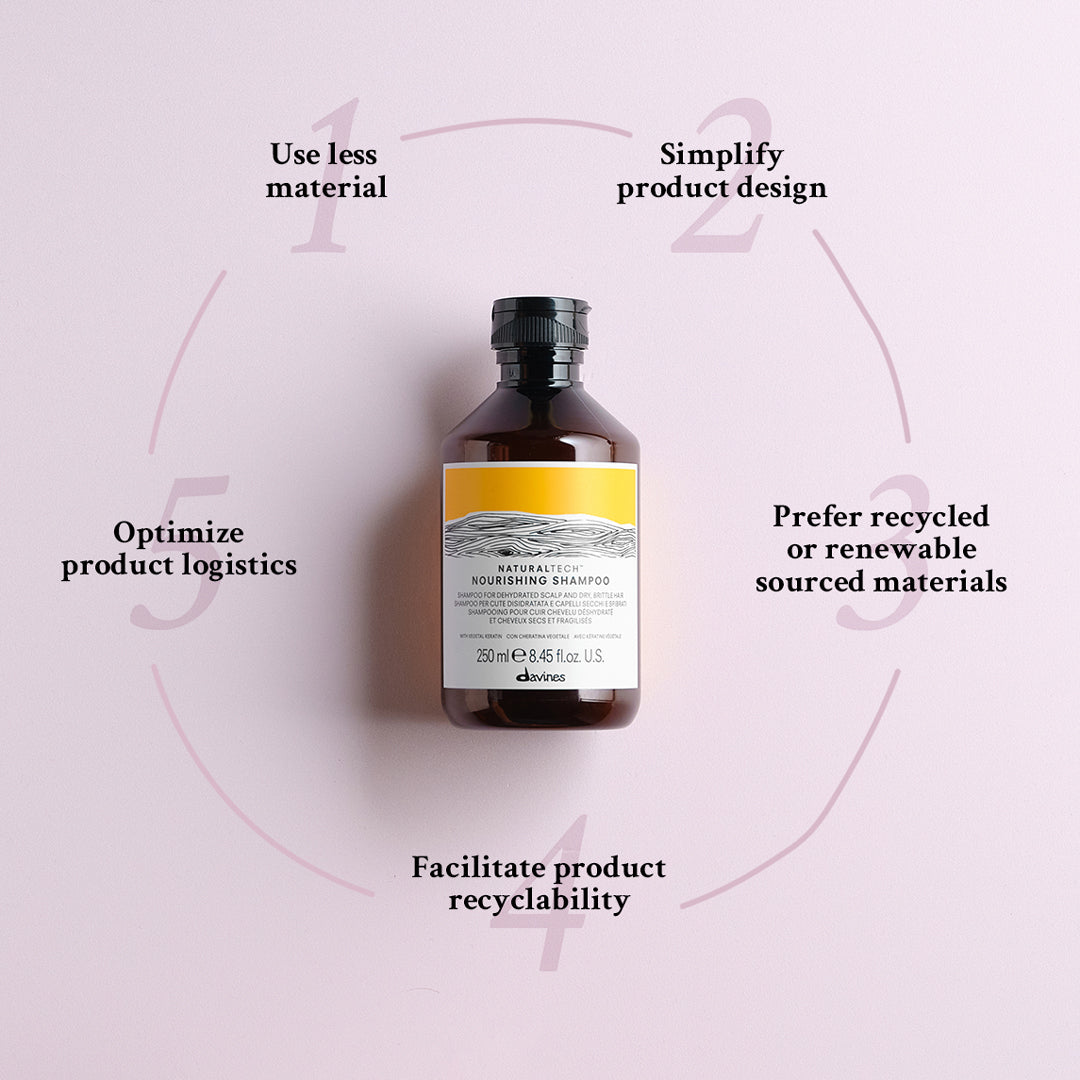
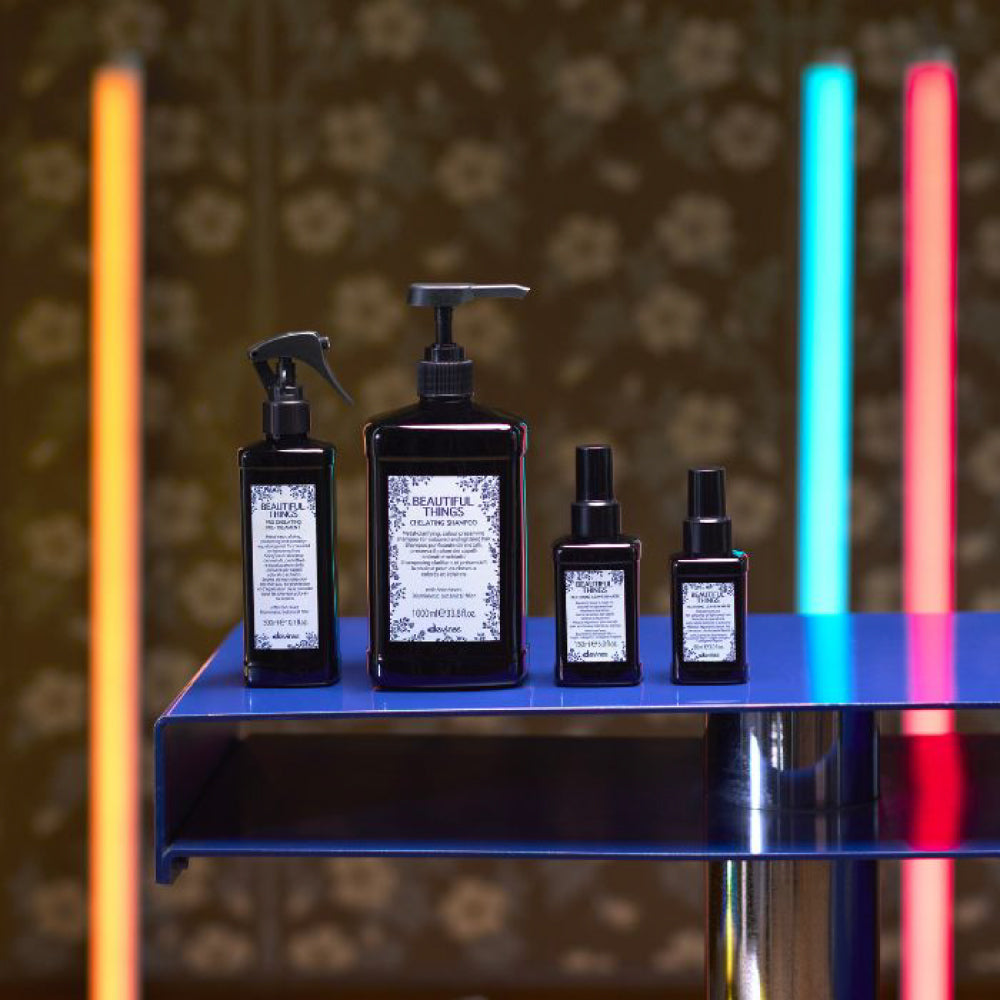


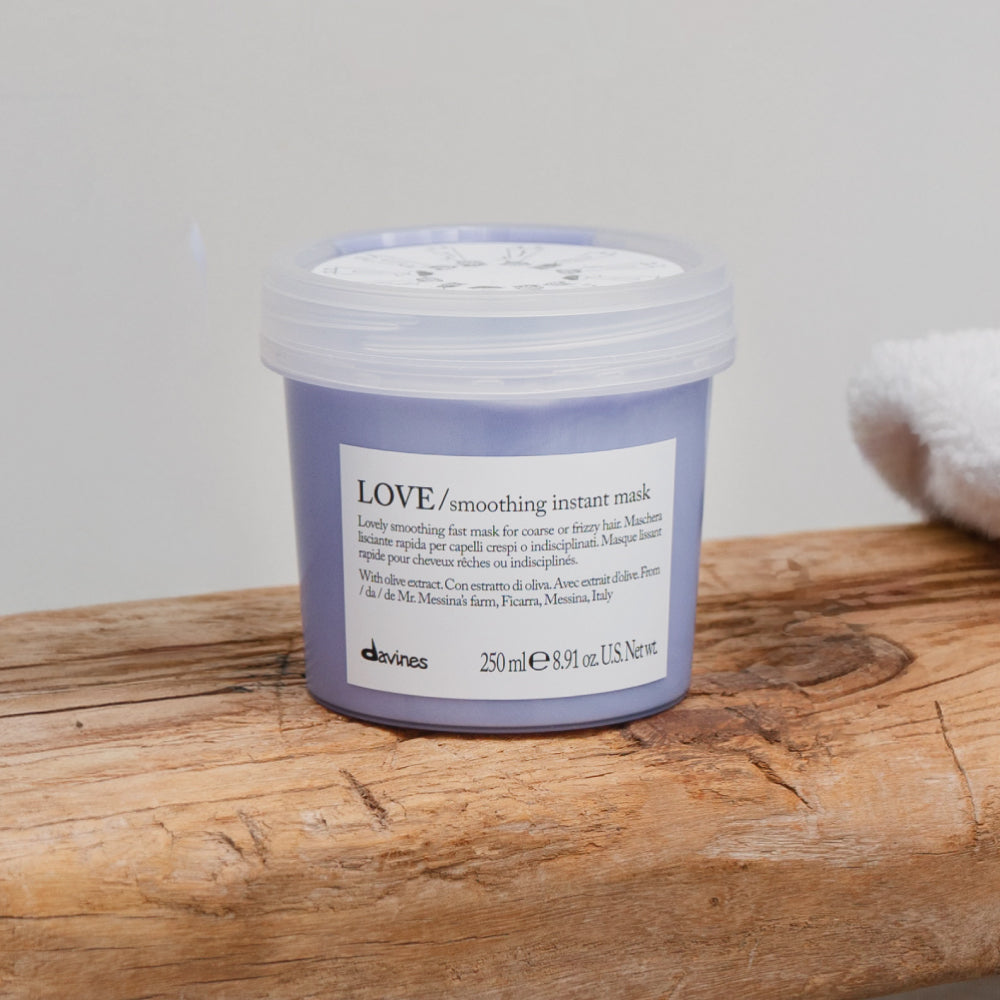


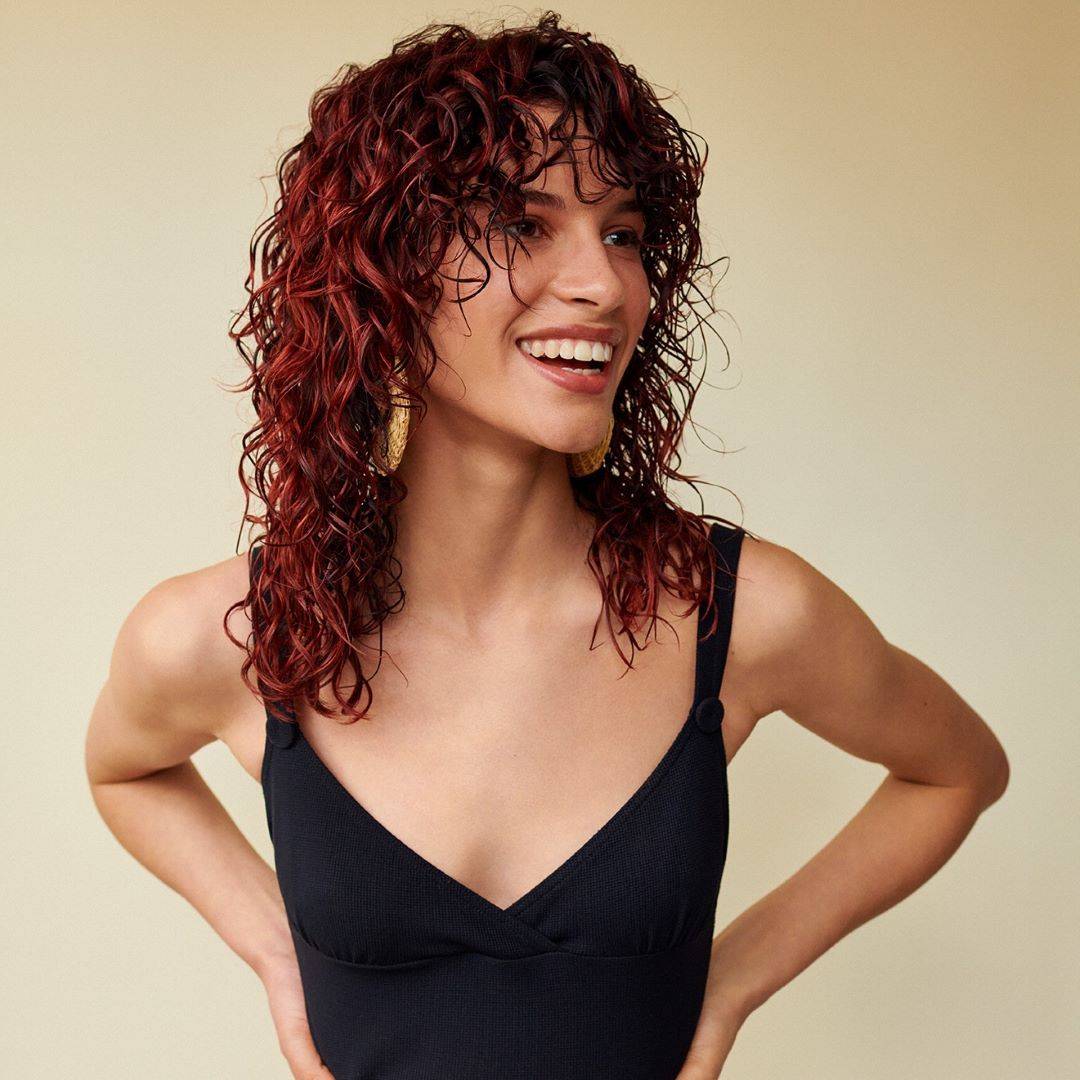

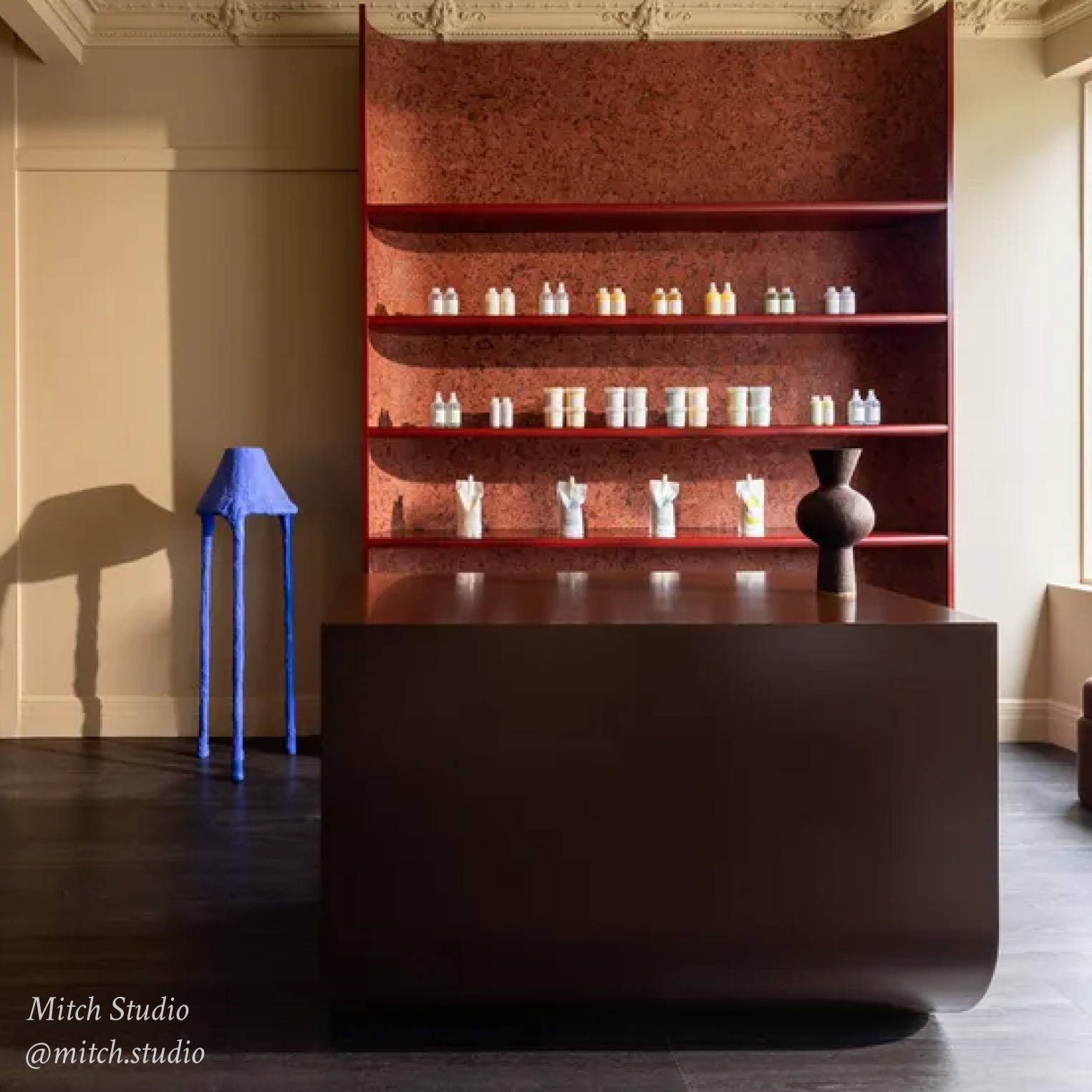
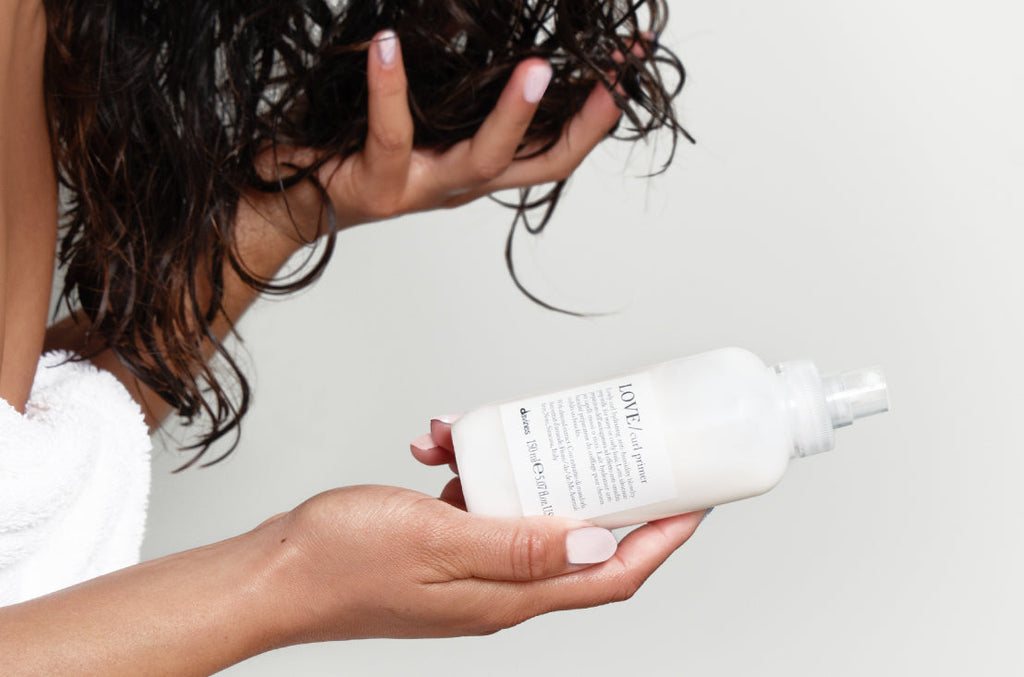
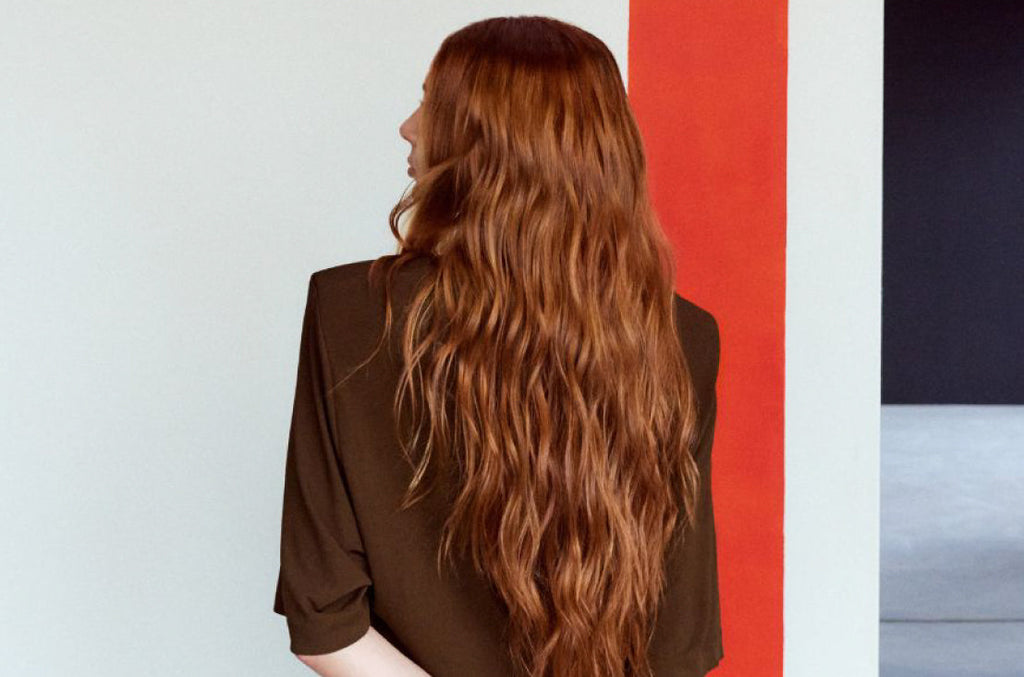
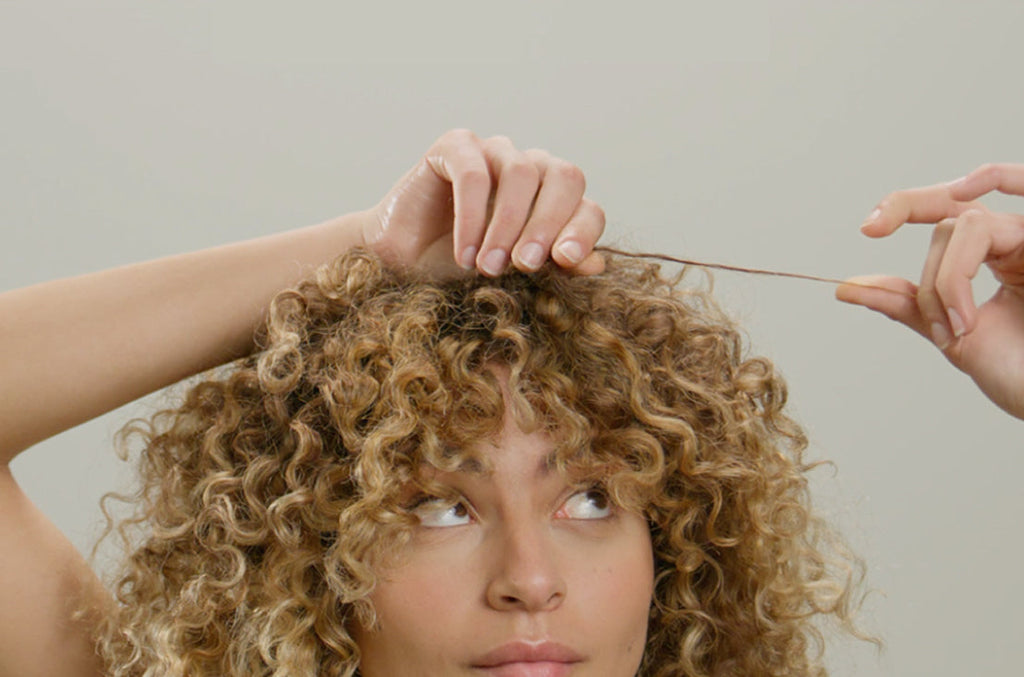
Leave a comment
Comments will be approved before showing up.